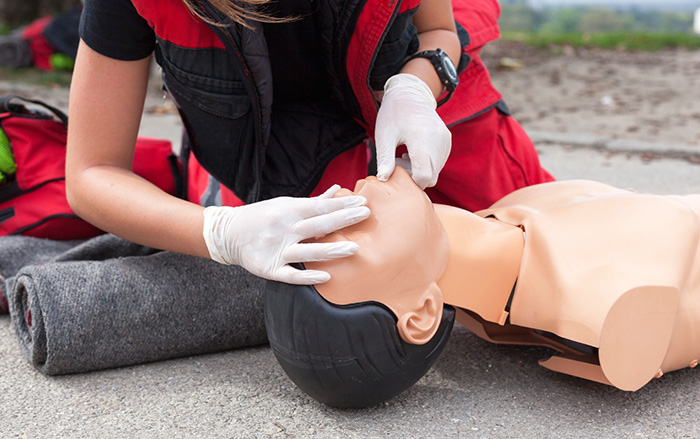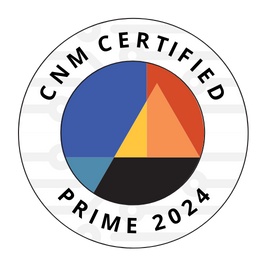They say it takes a village to raise a child. At Living for Zachary, we know it takes a community to save a child’s life. That’s why we’re fierce advocates of creating awareness and promoting heart screenings to prevent Sudden Cardiac Arrest (SCA).
What can you do to help save the life of a young person? In addition to supporting Living for Zachary’s efforts – awareness, heart screenings, financial giving and volunteering – you can individually make a difference. It may be as simple as recognizing that something is amiss. Pay close attention to clues and consult a physician promptly if one or more of these signs and/or symptoms1 exist:
- Fainting or seizure during or after physical activity
- Fainting or seizure resulting from emotional excitement, emotional distress or startle
- Family history of unexpected sudden death during physical activity or during a seizure
- Other unexplained sudden death of an otherwise healthy family member under age 50
- Chest pain or discomfort/racing heartbeat
- Unexplained fainting or seizures
- Family history of heart disease
- Unusual shortness of breath
- Unusual fatigue
- Dizziness or lightheadedness during or after physical activity
What happens if you witness Sudden Cardiac Arrest? You want to help, but you’re not a healthcare professional. When it comes to aiding a Sudden Cardiac Arrest victim, you CAN make an impact. Thinking clearly and calling 911 can be the difference between life and death.
Use the Cardiac Chain-of-Survival1 to help save a life:
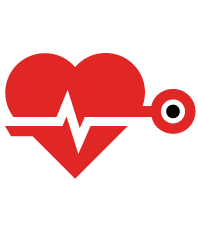
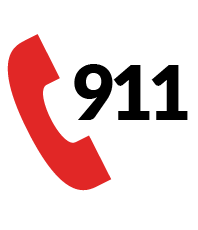
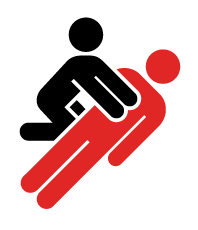
Quickly recognize the signs of Sudden Cardiac Arrest.
- Collapsed and unresponsive
- Gasping, gurgling, snorting, moaning or making labored breathing noises
- Seizure-like activity
Early Access to 911
- Confirm the unresponsiveness
- Call 911 and follow emergency dispatcher’s instructions
- Call any on-site Emergency Responders
Begin cardiopulmonary resuscitation (CPR) immediately (or find someone trained to do so)
- Early Defibrillation – Immediately use an Automated External Defibrillator (AED) to restore the heart to its normal rhythm (or find someone trained to do so)
- Early Advanced Care – Emergency Medical Services (EMS) responders begin advanced life support and transfer to a hospital

